WAR GRAVE
JOHANNES DIETRICH (grave 4)
GEFREITER
KAMPFGESCHWADER 76 (KG 76)
ABOUT MY LIFE
Born: 8th December 1918
Died: 12th May 1941
I was born on 8th December 1918 and was from Heinrichswald in Germany. I was a 25 year-old Gefreiter in the Luftwaffe, a rank roughly equivalent to a British Corporal.
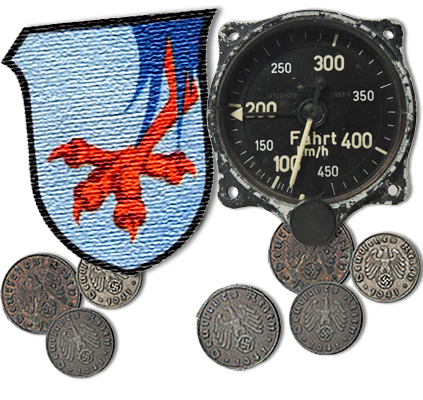
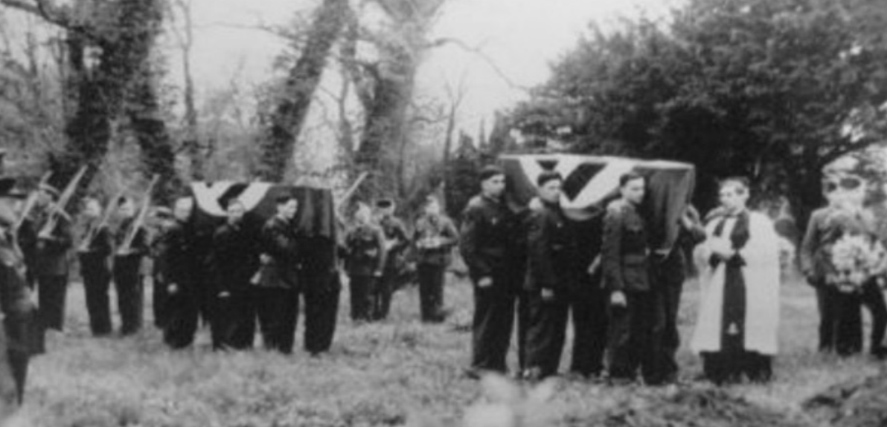
MY AIRCRAFT
Our aircraft was a Junkers JU88 A-5 medium bomber. It had a crew of 4, a pilot, observer, radio operator and gunner. Our aircraft carried the identification letters F1 + BS on the side, was mostly green in colour and had distinctive red spinners on each propeller. The JU88 had two Jumo piston engines, which generated 1200 Horsepower. Armed with machine guns for self defence, on this mission, our aircraft was also equipped with 28 x 50Kg bombs.
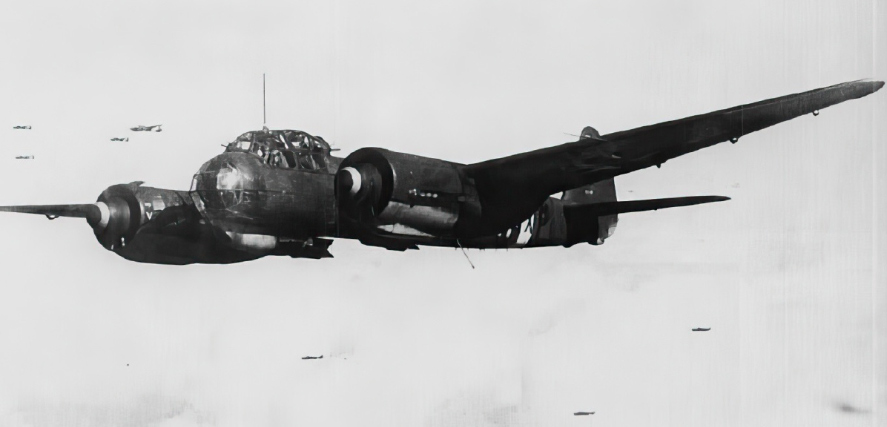
MY ROLE
I was the radio operator on this aircraft.
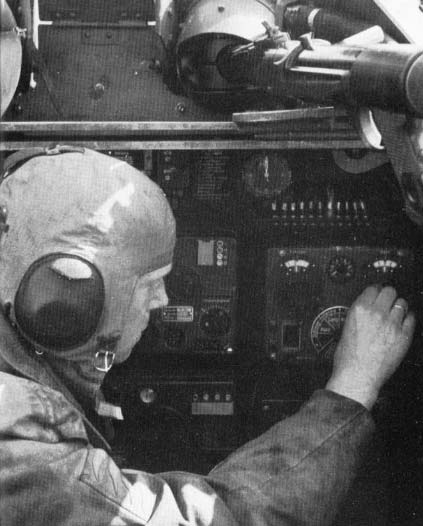
MY SQUADRON
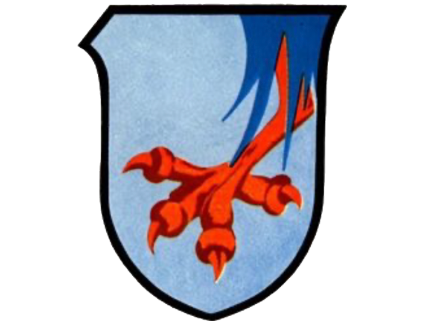
Kampfgeschwader 76 (KG 76)
Kampfgeschwader 76 (KG 76) was formed on 1 May 1939 at Wiener Neustadt in Austria. It fought in every major German campaign of World War Two, including, the invasion of Poland, The Battle of France, The Battle of Britain and the Blitz. In 1941, the squadron was based at Griefwald in the Baltic and was engaged attacking targets in the East and Midlands of England.
THE ACCIDENT
Our mission was to bomb Birmingham, but when we flew over Scampton, perhaps that became too tempting a target. The last our German control heard from us was a radio message saying we had crossed the English coast.
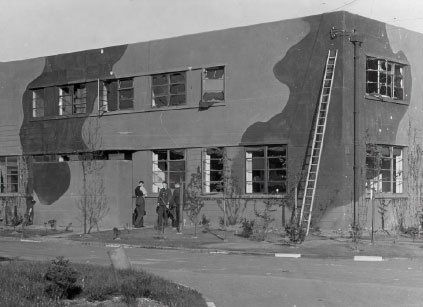
At 01:35hrs, we began attacking Scampton and made several passes of the airfield, dropping bombs each time. Unbeknown to us, on our final pass, we were flying towards Corporal Inkpen and his 6 man Lewis Gun crew. When Corporal Inkpen opened up on us, he spent all of his ammunition firing at our aircraft. The effect of his fire was devastating and our aircraft crashed in flames close to Brattleby Lane on the western edge of the airfield.
As we crashed, a Mr Miller, the station’s Rolls Royce representative was driving by in his car. He rushed to the scene and first dragged our pilot, Kurt Hanning from the wreckage. Mrs Miller tried to tend to him, but he died in her arms a few minutes later. Mr Miller brought others from the wreckage, but they were all either dead already or very quickly succumbed to their wounds.
Our funeral took place 2 days later with full military honours afforded and this is where the story would usually end but we still had one mystery yet to be solved. Many years later, the remains of a fifth crew member were found. Rumours flew around the village, who was this mystery person, a spy ready to be dropped in England or perhaps the pilot’s girlfriend up for a joy ride. Their identity tags gave their name as E H Reidel and it took many years to work out what had actually happened.
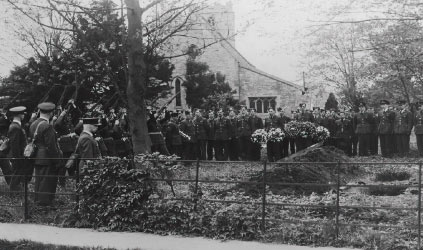
Back in Griefwald, German records show that on the same night as the fateful mission departed, a Gefreiter E H Reidel was reported as absent without leave and when he didn’t return at all, he was posted as a deserter. The most likely explanation was that Gefreiter Reidel had persuaded the crew to take him along to see the war first-hand. Because it was strictly against regulations, nobody else could know what was happening. In the morning, the German authorities would have no reason to think he was on the downed aircraft and would have seen it as a disciplinary case for a young airman who no longer wanted to be in the military.
On 16 October 1959, an agreement was concluded by the governments of the United Kingdom and the Federal Republic of Germany concerning the future care of the graves of German nationals who lost their lives in the United Kingdom during the two World Wars. The agreement provided for the transfer to a central cemetery in the United Kingdom of all graves which were not situated in cemeteries and plots of Commonwealth war graves maintained by the Commonwealth War Graves Commission in situ.
Following this agreement, the German War Graves Commission (Volksbund Deutsche Kriegsgraberfursorge) made arrangements to transfer the graves of German servicemen and civilian internees of both wars from scattered burial grounds to the new cemetery established at Cannock Chase.
The inauguration and dedication of this cemetery, which contains almost 5,000 German and Austrian graves, took place in the presence of Dr. Trepte, the President of Volksbund Deutsche Kriegsgraberfursorge, on the 10th June 1967.
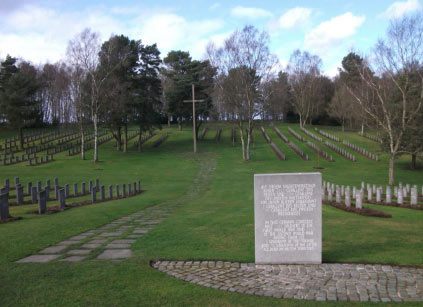
In the centre of the Hall of Honour, resting on a large block of stone, is a bronze sculpture of a fallen warrior, the work of the eminent German sculptor, Professor Hans Wimmer.
Where Next
Cannock Chase German Cemetery.
ON THIS DAY IN WORLD WAR TWO – 12th MAY 1941
London was recovering from the worst bombing raid to date, which left 1400 dead.
Allied Tiger Convoy arrives in Alexandria with desperately needed supplies, including 238 tanks and 43 Hurricane fighters.
